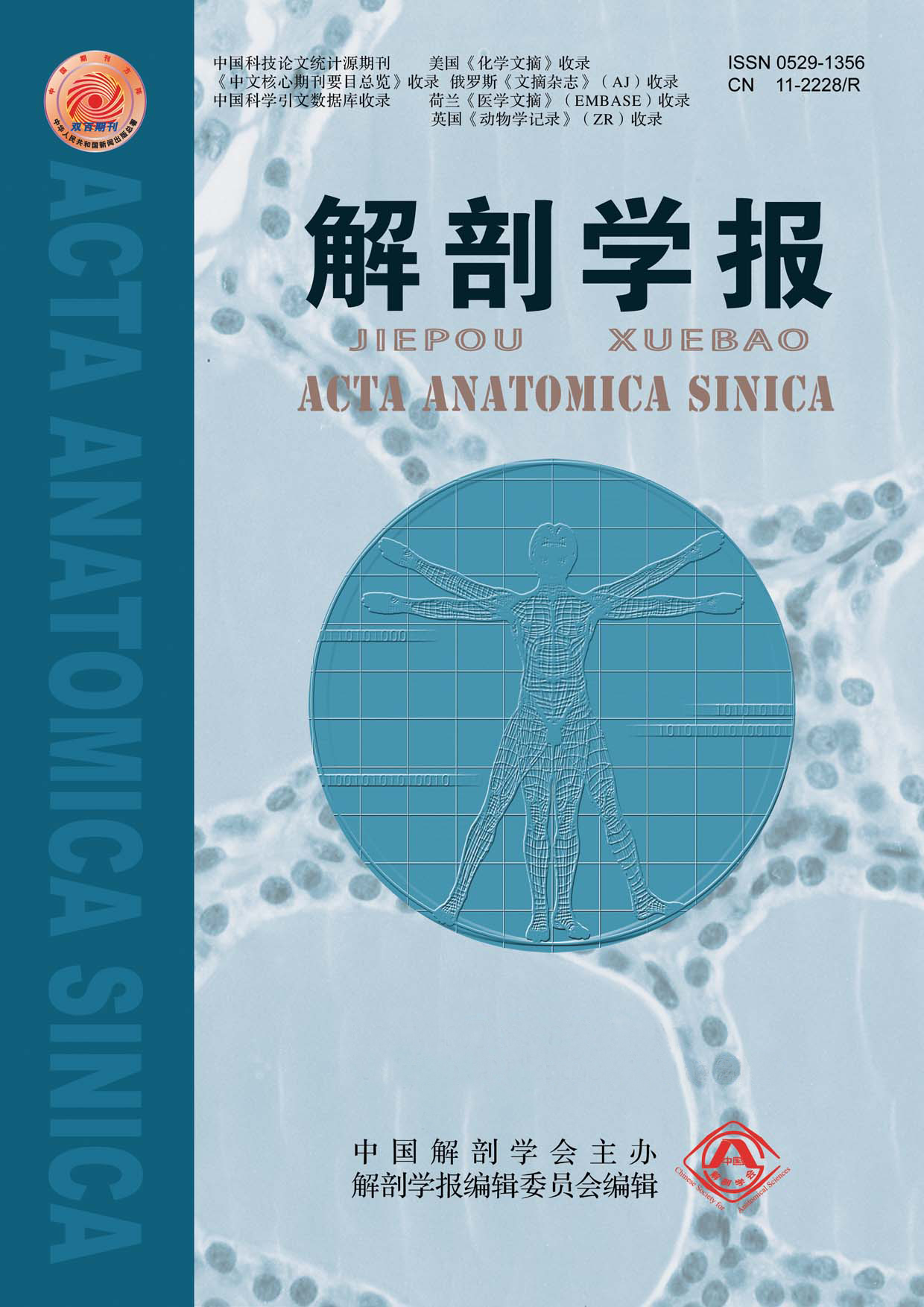|
|
Analysis of the body composition of adult Tibetans in Gansu and Tibet
2016, 47 (1):
134-138.
[Abstract] Objective Exploring the body composition of Chinese Tibetans by collecting and comparing the body composition data of adult Tibetans in Gansu and Tibet of China to provide basis for further researches on the relationship between body composition and living surrounding as well as the incidence of chronic diseases. Methods Bioelectric impedance technique was used to test the body composition indices of cluster sample of 814 adult Tibetans living in Shigatse, Tianzhu Tibetan Autonomous County and Gannan Tibetan Autonomous Prefecture. Results The BMI, lean body weight, body fat rate, subcutaneous fat , visceral fat, muscle amount, fluid amount, protein amount and WHR in male Tibetans reached their maximum at their40~50 years old; the basal metabolism decrease with the increase of their age after 40~50 while their extracellular fluid to intracellular Fluid ratio(E/I) raise with the aging; as to female, their lean body weight, muscle amount and basal metabolism reached the peaks at their 30~40 years old while the fluid amount maximum is at their 40~50 years old; BMI, body fat rate, subcutaneous fat , visceral fat, WHR and E/I increase with aging whereas the protein decrease with the increase of their age. Compare with the participants in Tibet, the Tibetans from Gansu have higher BMI, lean body weight, muscle amount, subcutaneous fat , visceral fat, body fluid amount and basal metabolism as well as more overweight , obesity; however, the prevalence of high WHR in Tibetans in Tibet is higher than the ones from Gansu (p<0.05). Conclusion The variation of body fat indices in Tibetan males and females of are sinusoid and increasing with aging, Tibetans from different regions exhibit different body composition values; most of body composition indices especially fat related indices of Tibetans from Gansu are higher than participants from Tibet, which may lead to higher incidence of chronic disease in Gansu Tibetans.
References |
Related Articles |
Metrics
|


